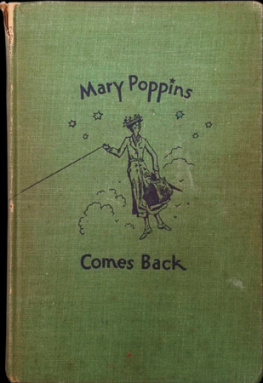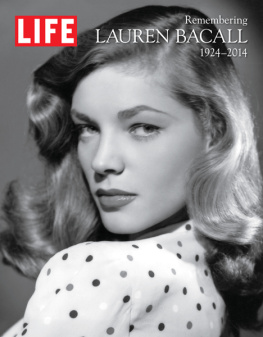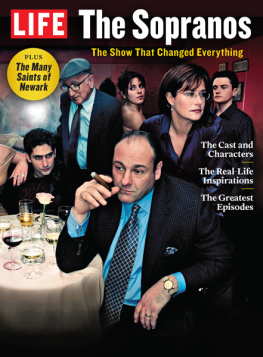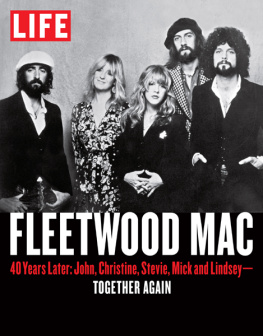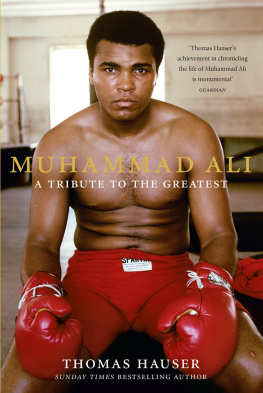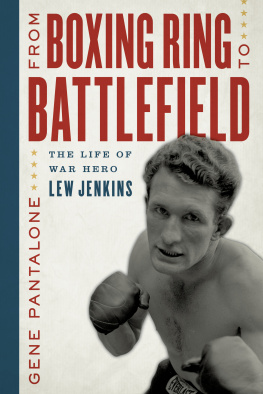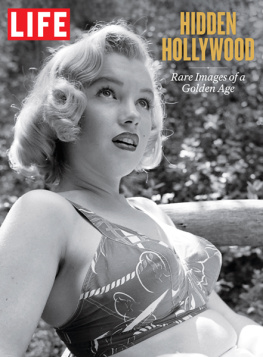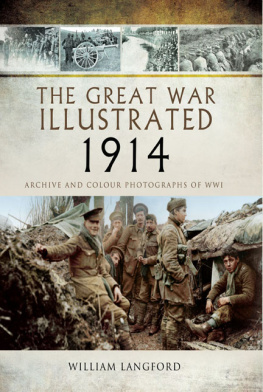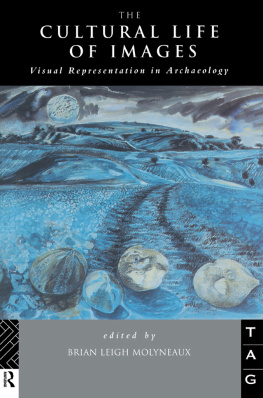Contents
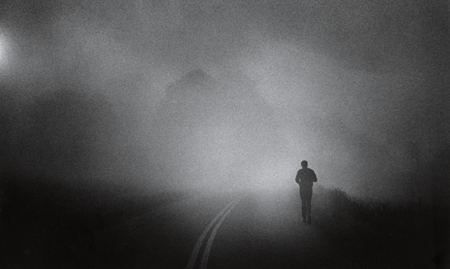
The boxer runs on his farm in Berrien Springs, Michigan, in 1978. Photograph by Keith Williams/Courier-Journal.

ALI
A Life in Pictures

EDITOR Robert Sullivan
DIRECTOR OF PHOTOGRAPHY Barbara Baker Burrows
CREATIVE DIRECTOR Mimi Park
DEPUTY PICTURE EDITOR Christina Lieberman
SENIOR WRITER Danny Freedman
WRITER-REPORTER Hildegard Anderson
COPY CHIEF Parlan McGaw
COPY EDITORS Barbara Gogan, Heather L. Hughes
PHOTO EDITORS Sarah Cates, Rachel Hatch
TIME INC. PREMEDIA
Richard K. Prue (Director), Brian Fellows, Richard Shaffer (Production), Keith Aurelio, Jen Brown, Neal Clayton, Charlotte Coco, Liz Grover, Kevin Hart, Mert Kerimoglu, Rosalie Khan, Patricia Koh, Marco Lau, Brian Mai, Po Fung Ng, Rudi Papiri, Barry Pribula, Clara Renauro, Vaune Trachtman
TIME INC. BOOKS
PUBLISHER Margot Schupf
ASSOCIATE PUBLISHER Allison Devlin
VICE PRESIDENT, FINANCE Terri Lombardi
VICE PRESIDENT, MARKETING Jeremy Biloon
EXECUTIVE DIRECTOR, MARKETING SERVICES Carol Pittard
DIRECTOR, BRAND MARKETING Jean Kennedy
FINANCE DIRECTOR Kevin Harrington
SALES DIRECTOR Christi Crowley
ASSISTANT GENERAL COUNSEL Andrew Goldberg
ASSISTANT DIRECTOR, PRODUCTION Susan Chodakiewicz
SENIOR MANAGER, CATEGORY MARKETING Bryan Christian
BRAND MANAGER Katherine Barnet
ASSOCIATE PREPRESS MANAGER Alex Voznesenskiy
ASSOCIATE MANAGER FOR PROJECT MANAGEMENT AND PRODUCTION Anna Riego
EDITORIAL DIRECTOR Kostya Kennedy
CREATIVE DIRECTOR Gary Stewart
DIRECTOR OF PHOTOGRAPHY Christina Lieberman
EDITORIAL OPERATIONS DIRECTOR Jamie Roth Major
SENIOR EDITOR Alyssa Smith
ASSISTANT ART DIRECTOR Anne-Michelle Gallero
COPY CHIEF Rina Bander
ASSISTANT MANAGING EDITOR Gina Scauzillo
ASSISTANT EDITOR Courtney Mifsud
SPECIAL THANKS Brad Beatson, Nicole Fisher, Kristina Jutzi, Seniqua Koger, Kate Roncinske
Copyright 2016 Time Inc. Books
Published by LIFE BOOKS, an imprint of Time Inc. Books 225 Liberty Street New York, NY 10281
All rights reserved. No part of this book may be reproduced in any form or by any electronic or mechanical means, including information storage and retrieval systems, without permission in writing from the publisher, except by a reviewer, who may quote brief passages in a review.
eISBN: 978-1-68330-587-3
Vol. 16, Issue 10 June 10, 2016
LIFE is a registered trademark of Time Inc.
We welcome your comments and suggestions about LIFE Books. Please write to us at: LIFE Books, Attention: Book Editors, P.O. Box 62310, Tampa, FL 33662-2310
If you would like to order any of our hardcover Collectors Edition books, please call us at 800-327-6388, Monday through Friday, 7 a.m.9 p.m. Central Time.
FRONT COVER: Muhammad Ali after a workout in 1966. Photograph by Gordon Parks. Courtesy of The Gordon Parks Foundation.
SELECT PHOTOS: Used by permission from the Courier-Journal, issue dates: 1/1/59, 3/29/59, 1/1/60 (3), 1/1/61, 1/1/63, 1/1/78, Gannett-Community Publishing.
Clay
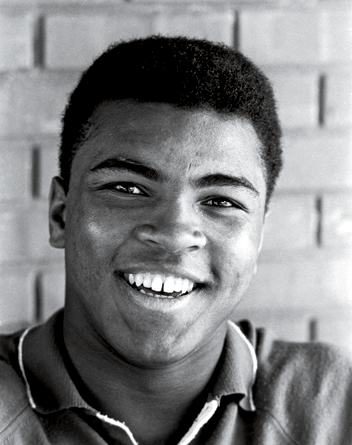
STEVE SCHAPIRO/CORBIS
The young professional boxer at his mothers house in Louisville, Kentucky, in 1963.
OUTSIZE TERMS ARE OFTEN APPLIED TO those who have lived outsize livesterms such as mythic ... or titanic ... or transcendent.
Usually, upon closer inspection, it becomes clear that the actual life falls short of the modifier. Not so in the case of Muhammad Ali, a legend in his own or any other time. The high drama he enacted in the arena was more than matched by the drama he generated outside of it. A national hero as a broad-smiling Olympic champ, he came to be detested by many of his countrymen for his religious and political beliefs, then rose again as an idol not just in America but throughout the world. Indeed, it was said that he was, as the 20th century ended, perhaps the best known and most beloved figure in the world. Yes, it was an altogether extraordinary journeyfrom his birth as Cassius Marcellus Clay Jr., on January 17, 1942, in Louisville, Kentucky, to his death, in Phoenix, Arizona, from complications of Parkinsons disease, on June 3, 2016.
As millions mourned his passing, they returned to the story of his life and found themselves thrilled anew. He came from modest circumstances: His father, Cassius Marcellus Clay Sr., earned a living painting signs and the occasional mural, while his mother, Odessa Grady Clay, at times worked as a housekeeper. Cassiuss youth in segregated Louisville was far from easy, though his lot was better than that of many other black children in town. Although his family didnt have much money, Cassius and his younger brother had food to eat, Sunday-best clothes (they were raised as Baptists, in their mothers tradition) and a home that was lit with affection, though not without its problems. Years later, the parents marriage would be strained to the point of separation by Clay Sr.s woman-chasing, along with drinking and occasional violence, but when Cassius was a child, the tensions were light.
He was, as you might imagine, an exuberant boy: talkative, restless, a clown. Hed have his brother throw rocks at him just so he could dodge them. By the time he was four, he had all the confidence in the world, Odessa Clay told Thomas Hauser for his 1991 biography, Muhammad Ali: His Life and Times. Everything he did seemed different as a child. He even had measles and chicken pox at the same time. His mind was like the March wind, blowing every which way. And whenever I thought I could predict what hed do, he turned around and proved me wrong.
Cassius found his way to boxing through an incident involving a bicyclea brand-new red-and-white Schwinn with a headlight and whitewall tires. He was twelve years old on the day that he and a friend left their bikes outside and went into the Louisville Home Show, a local black bazaar held in the Columbia Auditorium, to escape a downpour and take advantage of the free hot dogs and popcorn. When they exited the bazaar, they found that Cassiuss bike had disappeared. During a frantic search for it, the boy was told that there was a police officer in the boxing gym in the auditoriums basement. Tearful, he went to report the theft. It was clear to the officer, Joe Martin, that the boy was looking to get even, and he made the suggestion that, first, it would be good to learn to fight.
The policeman ran not only the gym but also a local boxing TV show called Tomorrows Champions. He taught the boy some beginners moves, and six weeks after joining the gym, the 89-pound Cassius Clay went on the show and swung clumsily to Victory No. 1a split decision in a three-round bout. He took home four dollars.
He announced, not for the last time, that he was destined to become the heavyweight champion of the world.
THE ADOLESCENT CLAY EARNED A REPUTATION FOR single-minded intensity and a dogged devotion to training. He worked six days a week, building on raw talents: sharp reflexes and exceptional foot and hand speed. He learned to use the ring to stymie and wear down opponents. His style was unconventional and deceptively weak-looking, as he relied on his legs and kept his hands low and his head seemingly exposed to punches. When those punches were thrown at him, he would reel straight back to narrowly avoid the blow and then spring forward with a punch of his own.
Next page

